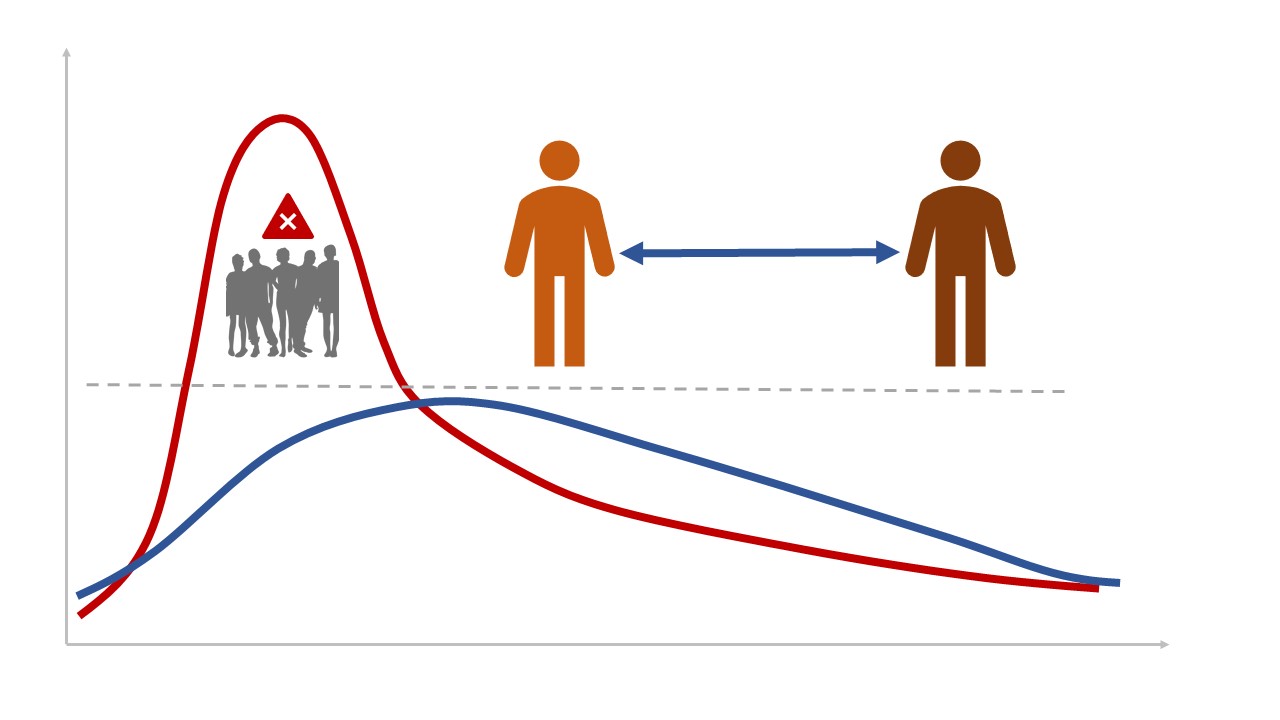Proximity warning systems

|
Contents |
[edit] Introduction
Social distancing is an idea that has existed for several decades. As a health and safety concept, the phrase is associated with physical proximity requirements as they relate to the prevention of the spread of contagious illnesses. Social distancing has become a part of 'normal' life since the detection of COVID-19 in Wuhan City in December 2019 and the subsequent introduction of lockdown measures in the UK on 23 March 2020.
[edit] Protecting people from equipment
Proximity warning systems have also existed for several decades. The Health and Safety at Work etc Act 1974 requires that employers take reasonable steps to ensure the health and safety of their workers as well as persons other than their employees, which implies, for example, a duty to ensure people are safe from activities on construction sites and within all workplaces.
Originally, proximity warning systems were developed to improve site safety for pedestrians across three industry sectors - underground mining, surface mineral extraction and warehousing and materials handling. These systems used sensors to alert operators of industrial vehicles - such as forklifts, cranes, hoists or other heavy lifting machines - of their proximity to other workers and pedestrians.
[edit] Protecting people from other people
Some devices (and the technologies associated with them) have been adapted for social distancing on construction sites and within buildings. These redeployed devices come in the form of personnel distancing systems (known as PDS) or social distancing wearables, including; wearable tags, wrist bands, lanyards and so on. These devices can be attached to a person’s clothing, helmets and so on or added to other wearable workplace access control devices.
Once the exclusion zone has been programmed, these devices sound an alarm and vibrate if the wearer gets too close to another wearer. Proximity warning technology can be used in situations where personnel paths may not be easily controlled (such as warehouses, hospitals, schools or retail facilities), but distances must be maintained for the protection of workers.
[edit] Related articles on Designing Buildings Wiki
- ConTech in a post lockdown, pre-vaccine economy.
- Health and safety.
- Health and safety at work etc act 1974.
- How technology can support social distancing.
- Safety management.
- Social distancing compliance marshal.
- Social distancing on construction sites.
[edit] External resources
Featured articles and news
Homes England supports Greencore Homes
42 new build affordable sustainable homes in Oxfordshire.
Zero carbon social housing: unlocking brownfield potential
Seven ZEDpod strategies for brownfield housing success.
CIOB report; a blueprint for SDGs and the built environment
Pairing the Sustainable Development Goals with projects.
Types, tests, standards and fires relating to external cladding
Brief descriptions with an extensive list of fires for review.
Latest Build UK Building Safety Regime explainer published
Key elements in one short, now updated document.
UKGBC launch the UK Climate Resilience Roadmap
First guidance of its kind on direct climate impacts for the built environment and how it can adapt.
CLC Health, Safety and Wellbeing Strategy 2025
Launched by the Minister for Industry to look at fatalities on site, improving mental health and other issues.
One of the most impressive Victorian architects. Book review.
Common Assessment Standard now with building safety
New CAS update now includes mandatory building safety questions.
RTPI leader to become new CIOB Chief Executive Officer
Dr Victoria Hills MRTPI, FICE to take over after Caroline Gumble’s departure.
Social and affordable housing, a long term plan for delivery
The “Delivering a Decade of Renewal for Social and Affordable Housing” strategy sets out future path.
A change to adoptive architecture
Effects of global weather warming on architectural detailing, material choice and human interaction.
The proposed publicly owned and backed subsidiary of Homes England, to facilitate new homes.
How big is the problem and what can we do to mitigate the effects?
Overheating guidance and tools for building designers
A number of cool guides to help with the heat.
The UK's Modern Industrial Strategy: A 10 year plan
Previous consultation criticism, current key elements and general support with some persisting reservations.
Building Safety Regulator reforms
New roles, new staff and a new fast track service pave the way for a single construction regulator.






















